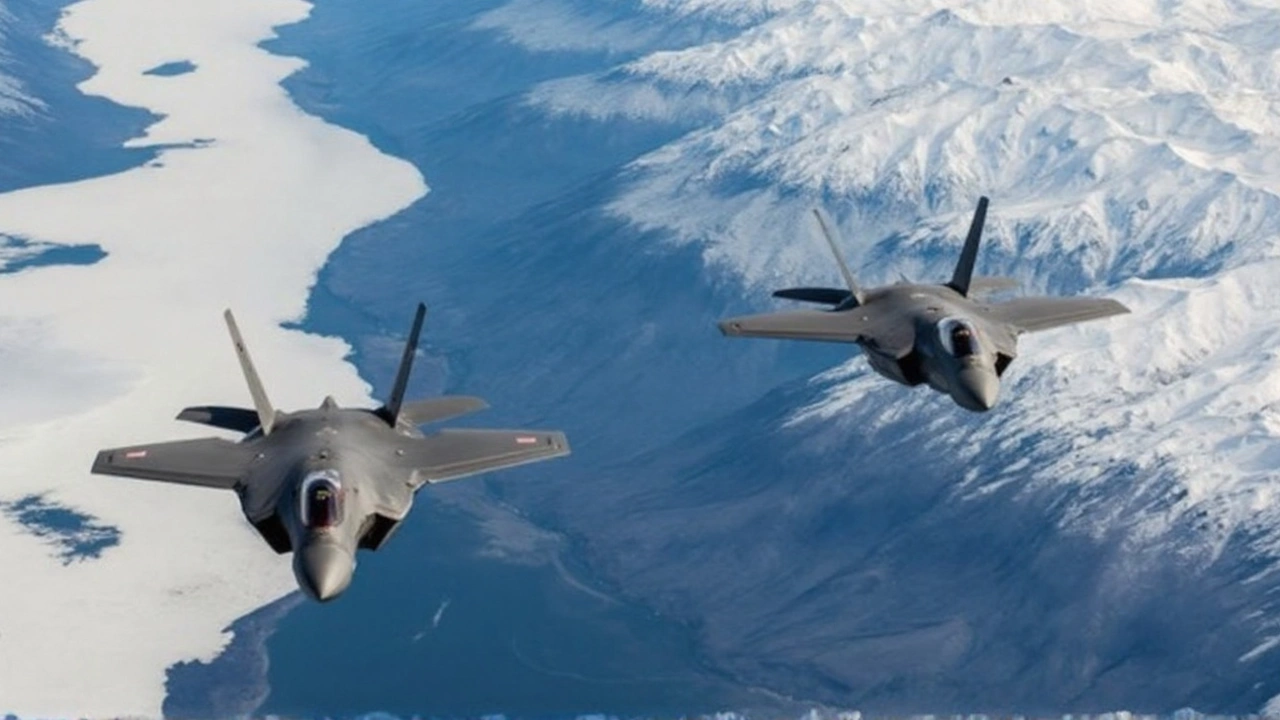Alaska – Your Quick Guide to the Last Frontier
If you’ve ever dreamed of mountains that scrape the sky, wildlife that wanders right up to your car, and sunsets that light up endless water, Alaska should be at the top of your list. It’s a place where you can trade city traffic for glacier‑filled valleys in a matter of hours. This guide breaks down the basics so you can jump straight into the experience without getting lost in endless research.
Why Visit Alaska?
First off, the scenery is off the charts. From Denali’s towering peak to the icy fjords of the Inside Passage, each view feels like a postcard you can walk through. Second, the activities are as varied as the landscape. You can hike a rugged trail in the summer, chase the Northern Lights in winter, and kayak among whales any time of year. Third, the people who live here love sharing their home, so you’ll find locals eager to point out the best fishing spot or the quiet trail that most tourists miss.
Another big plus is the sense of space. In most places, you’ve got to fight for a parking spot or squeeze through crowded streets. In Alaska, you can drive for miles and still feel like you’re the only one on the road. That open feeling makes every stop feel personal, whether you’re pulling over to watch a bear catch salmon or setting up camp under a sky full of stars.
Must‑See Places
Denali National Park – Home to the continent’s highest mountain, Denali draws hikers, photographers, and anyone who wants to feel tiny in the grand scheme of things. The park’s shuttle bus runs deep into the wilderness, giving you a chance to spot moose, caribou, and even a rare Dall sheep without hiking far.
Juneau’s Mendenhall Glacier – This accessible glacier offers easy trails, a visitor center, and even a chance to take a short boat ride that gets you up close to floating ice. Bring a waterproof jacket; the mist can soak you quickly.
Kenai Fjords National Park – If you love boats, you’ll want a day cruise here. You’ll see tidewater glaciers calving right into the water, sea otters playing, and humpback whales breaching. It’s the kind of trip that feels like a wildlife documentary in real life.
Anchorage – The state’s biggest city is a good base for exploring. It has a lively food scene with fresh salmon, reindeer sausage, and locally brewed beer. Grab a bike and ride the Tony Knowles Trail for city views and mountain backdrops.
Fairbanks – Fairbanks is the go‑to spot for the Northern Lights. Head out of town after dark, find a dark patch of sky, and you’ll be treated to dancing colors that no camera can fully capture. Late‑summer festivals also make this a lively place to visit.
When you’re planning your trip, remember to pack layers. Weather can shift from warm sunshine to sudden snow in the same day, especially in the interior. A good rain jacket, sturdy boots, and a warm hat will keep you comfortable no matter what the forecast says.
Finally, respect the land. Alaska’s ecosystems are delicate, and many areas are protected. Stick to marked trails, pack out everything you bring in, and follow local wildlife guidelines. By treating the environment right, you’ll help keep it wild for the next visitor.
With its raw beauty, endless activities, and friendly locals, Alaska offers more than just a vacation—it gives you a chance to reset, explore, and feel truly alive. Pack your bags, charge your camera, and get ready for an adventure you’ll be talking about for years.

An Air Force probe says an F-35A at Eielson AFB crashed after ice formed inside its landing gear, making the jet think it was on the ground while still airborne. The pilot ejected safely. Investigators traced the cause to water-contaminated hydraulic fluid and mishandling of barrels. The loss is estimated at $196.5 million and adds to a handful of F-35 mishaps, though the fleet’s overall rate remains low.
Continue Reading





